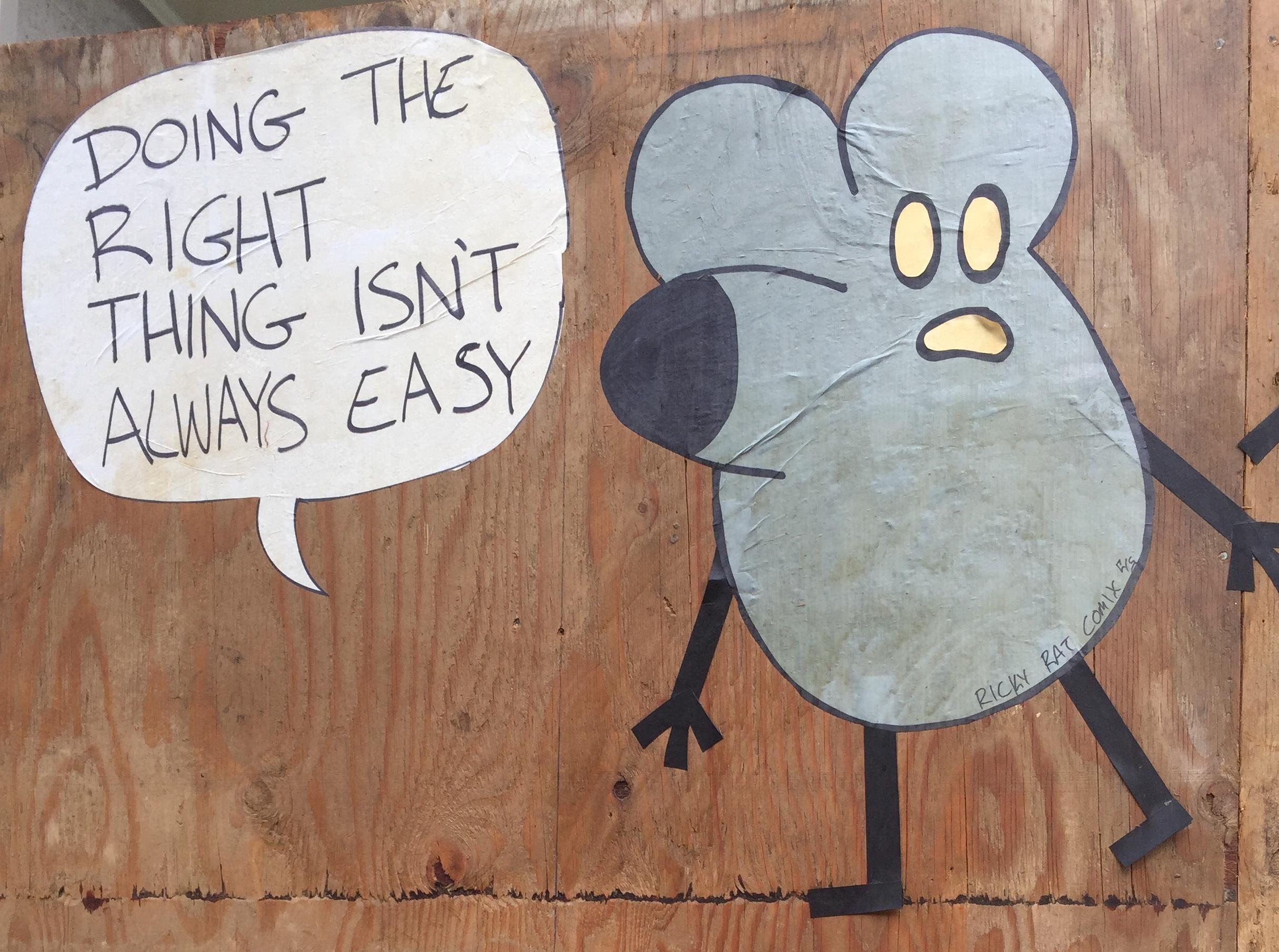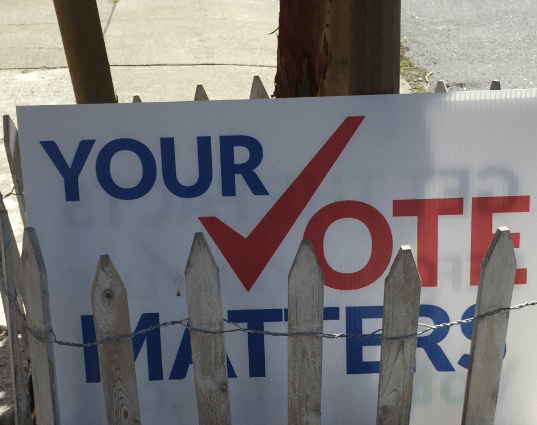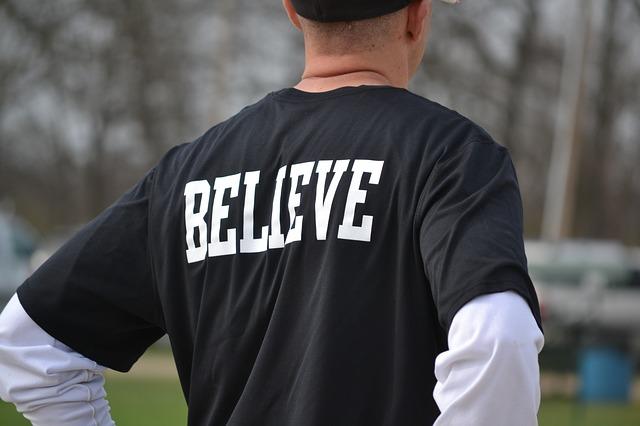How Humanity and Trust Supercharge Nonprofit Fundraising
 Everyone is saying it.
Everyone is saying it.
Just about daily.
“These aren’t ordinary times.”
We’re living in the face of a firehose of breaking news, and most of it is pretty difficult to digest. Let alone know how to face, handle and get through it with safety and sanity intact.
We can either retreat, live in limbo or figure out a way to navigate through this reality and find opportunities to do our work in new and better ways.
It’s a difficult assignment, because it’s not easy to know where to begin.
We want to come from a donor-centered and community-centered place, but… what exactly might that be in this extraordinary time?
“We’re not only longing for the normal that was – we’re grieving losses yet unaddressed and ignoring some of the most obvious. I know for sure: if we don’t find a way to consciously engage with our losses, when this pandemic is finally over, the soul of our country will still be locked down”
– Oprah Winfrey
I’ve been thinking a lot about what the world most needs right now.
I think it’s humanity and trust.
Usually we have to guess at what will feel relevant to our supporters. Today, we pretty much know. Because we hear it all the time. On the news. On social media. When we zoom with colleagues. When we talk to our friends. When we’re sheltering in place with our family.
- People want to know who they can trust!
- People want their fellow humans to act the part!
- People want to consciously engage — with humans they can trust — in a meaningful manner.
‘Philanthropy’ means ‘love of humanity’. Yet today it sometimes seems all we’re hearing and seeing is hatred of humanity. Us and them. Insiders and outsiders. Democrats and Republicans. Left and right. Young and old. Good and evil. I could go on…
There’s a better way.
Details

 Philanthropy comes from the Greek and means love (philos) of humankind (anthropos).
Philanthropy comes from the Greek and means love (philos) of humankind (anthropos).





